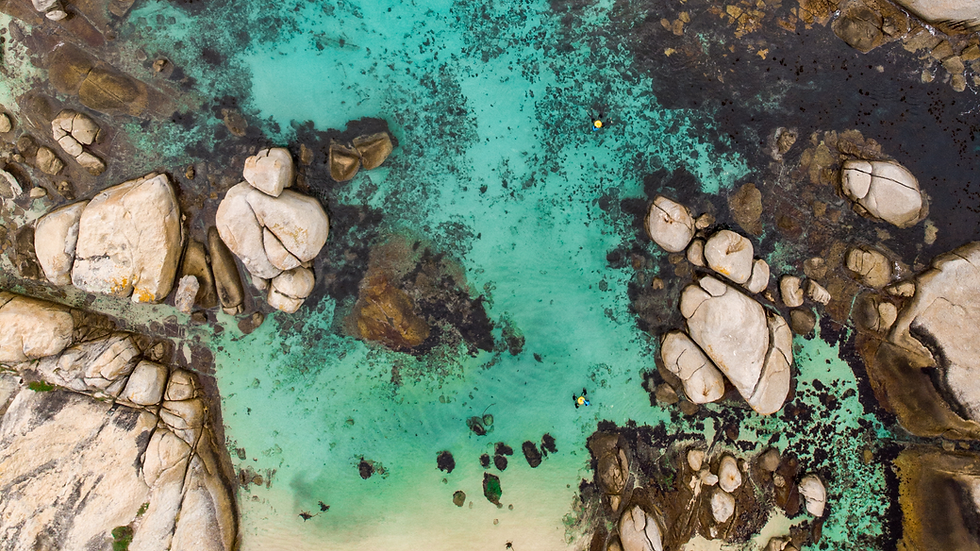Migration Patterns of Whales
- IAmWaterFoundation

- Feb 29, 2024
- 2 min read
A blog by our coach, Ethan September

Whales are among the largest marine creatures found in our oceanic environments. There exists a variety of whale species such as the sperm whale, Bryde’s whale, blue whale, minke whale, southern right whale, orca, and humpback whale. The humpback whale, for instance, can grow up to 18 meters in length, although specimens in the southern hemisphere tend to be smaller. Females typically reach sexual maturity at around 12 meters in size, often exceeding the size of males of the same age, and usually give birth to a single calf. The calf is then nursed for a period of 10-11 months after birth. Humpback whales exhibit fascinating migratory behavior, migrating once a year, making them seasonal visitors in our oceanic habitats. They predominantly feed on krill near polar regions.
Orcas, also known as killer whales, are one of the largest members of the oceanic dolphin family, measuring up to 9 meters in length and weighing several tonnes. They are distinguished by their robust body and glossy black with white distinctive markings. Orcas primarily inhabit tropical and polar waters, where they employ ingenious hunting strategies, often hunting in packs. Their prey includes fish, seals, squid, sharks, dolphins, and even other whales. Orcas are unquestionably at the top of the marine food chain. They are occasionally sighted off the coast of South Africa and may even be seen in our own oceanic habitats periodically, showing a tendency to return to specific locations to hunt specific prey.
Southern right whales are characterised by their large rotund bodies, weighing up to 65 tonnes and reaching lengths of 16 meters. They lack a dorsal fin and are mostly black with individual white spots. Their distinctive head features numerous warty growths, or callosities, forming unique patterns used for identification. Upon exhalation, southern right whales emit a distinctive blow, recognisable from the ocean surface by its V-shaped spot.



Comments